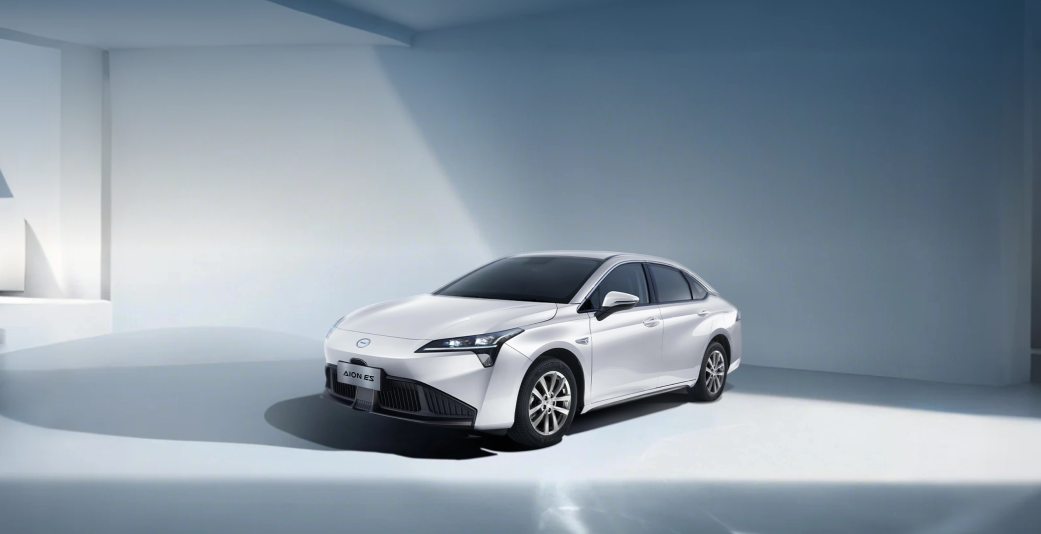While Brazil is renowned for its warm climate, certain regions can experience cooler temperatures, especially during the winter months. For electric vehicle (EV) owners, understanding how these colder conditions affect your car’s performance is crucial. This blog explores important considerations for driving an electric car during Brazil’s winter, ensuring both optimal performance and safety.

- Battery Performance
Cold weather can significantly impact the efficiency of lithium-ion batteries found in electric vehicles. Lower temperatures can reduce the battery’s ability to hold a charge and can temporarily decrease the range of your vehicle. To mitigate this, it’s important to:
– Precondition the Battery: Many EVs allow you to precondition the battery while it’s still plugged in. This process warms up the battery to optimal operating temperature before you start driving, helping maintain better battery efficiency and range.
– Opt for Covered Parking: Whenever possible, park your EV in a garage or another covered area to keep it warmer overnight, which can help maintain battery performance.
- Energy Consumption
In colder weather, you may find that your EV consumes more energy. This is not only due to battery performance but also because of increased use of heating systems inside the vehicle, which are energy-intensive. To optimize energy use:
– Use Seat Heaters: If available, using seat heaters instead of the cabin heater can reduce energy consumption, as they require less power.
– Limit Preheating Time: While it’s important to stay warm, try to limit the use of preheating systems to the necessary amount, especially when the car is unplugged.
- Tire Traction and Pressure
Lower temperatures can also affect tire performance. Cold air reduces tire pressure, which can lead to decreased efficiency and traction. Before setting out:
– Check Tire Pressure: Regularly check and adjust the tire pressure to the recommended levels to ensure optimal grip and battery range.
– Consider Winter Tires: If you live in a part of Brazil where temperatures drop significantly, consider switching to winter tires that offer better traction in cold conditions.
- Driving Habits
Winter conditions can affect road safety. Slower acceleration and more cautious braking are advisable:
– Drive Smoothly: Electric cars deliver torque almost instantly. In cold conditions, smooth acceleration and braking are key to maintaining control and preventing tire slip.
– Regenerative Braking: Use regenerative braking to maximize energy efficiency. This feature recaptures energy during braking and returns it to the battery, slightly offsetting energy loss from cold-weather driving.
- Emergency Kit
Lastly, it’s wise to prepare for any situation:
– Carry an Emergency Kit: Include blankets, warm clothing, food, water, and necessary tools. This is particularly important in winter, even in milder Brazilian climates.
Conclusion
At GAC, they understand the unique challenges presented by driving an electric vehicle in colder weather. Their electric cars are designed with advanced thermal management systems to optimize battery performance and cabin heating efficiently, ensuring a comfortable and safe driving experience regardless of the weather. GAC Brazil is committed to providing not only innovative electric vehicles but also comprehensive support to help you navigate all seasonal conditions with ease. Embrace the winter with confidence in your GAC car, where technology meets comfort and efficiency, no matter the weather.


